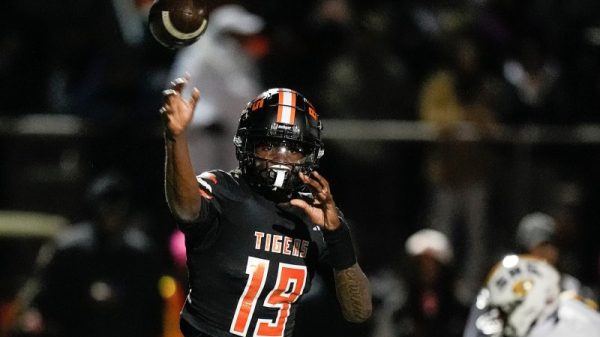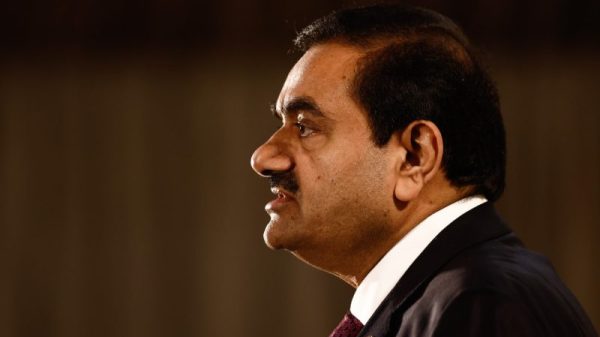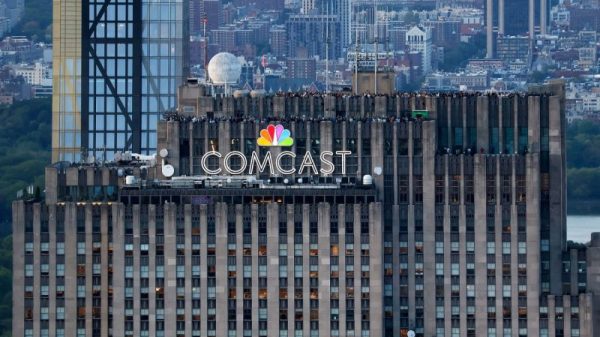It is a ratings jackpot more than four decades in the making, a bicoastal bonanza that has eluded Major League Baseball since 1981 and Fox Sports since the broadcasting giant aired its first World Series in 1996.
And most likely, a one-year respite from the nearly annual postmortems that the USA just witnessed the lowest-rated World Series in history.
That was again the case a year ago, when an Arizona Diamondbacks-Texas Rangers matchup averaged just 9.11 million viewers during the five-game series, a new low that performed even worse than the 2020 Series contested at a neutral site during the height of the pandemic.
Now, baseball gets the matchup that exemplified the apex of the sport’s popularity.
Follow every MLB game: Latest MLB scores, stats, schedules and standings.
In 1978, the second consecutive Dodgers-Yankees battle averaged a record 44.2 million viewers for the six-game series, its 32.8 rating nearly quadrupling the 4.7 rating pulled in 2023. Three years later, more than 41 million tuned in for the Dodgers’ six-game vengeance against the Yankees.
Of course, so much has changed in the 43 years since.
The three over-the-air networks are now four. Cable television took over the airwaves, and then stratified the audience. Streaming sliced it into bite-size pieces and marginalized the once-ubiquitous cable box.
And the NFL’s growth and appetite for global domination now commands attention three nights a week in the autumn, chasing the World Series off the hallowed Sunday night airwaves.
Yet the baseball industry now has a gift four decades in the making: The Bronx vs. the beach, Aaron Judge and Juan Soto vs. Shohei Ohtani and Mookie Betts.
And for better or worse, it’s about to find out just how good it can get in this atomized landscape.
“They must be jumping for joy, getting the top two markets and such a great rivalry, going back to their first World Series in 1941,” says Dennis Deninger, Syracuse University Sport Management professor emeritus and author of Live Sports Media: The What, How and Why of Sports Broadcasting.
“The stars are important, too. You’ve got big markets and a history in the rivalry between these two teams and big stars.”
Deninger predicts big things, based on the appetizer: The L.A.-New York National League Championship Series pitting the Dodgers against the Mets drew some startling numbers, most notably Game 1, which averaged 8.26 million viewers, most for an NLCS since 2009 and rivaling last year’s World Series number.
NLCS Game 1 also went up against Sunday Night Football and did some actual damage, with SNF losing 8% of its audience year-over-year even as its 15.4 million viewers nearly doubled the baseball playoff game.
For this World Series?
It’s once again the two biggest markets, with the more hallowed Yankees supplanting the Mets, and no NFL interference. And Deninger projects average viewership around 16 million, which would be highest for a World Series since the 2017 Dodgers-Houston Astros seven-game battle averaged 18.9 million viewers.
After four consecutive years of World Series ratings that all ended among the lowest-rated in history, it would be a nifty reversal of the clock. And MLB has made some progress in that area of late.
The kids stay in the picture
The erstwhile national pastime has always battled the existential crisis of an aging fan base, a trendline that dovetails with the times when TV ratings were king.
Those coveted 18-to-34 viewers in the 1980s are now eligible for Medicare, and their children and grandchildren born into a traffic jam of entertainment options and social media distractions.
Yet the league’s aggressive efforts to speed up and present a more aesthetically pleasing game seem to be bearing fruit.
Fox Sports, which broadcast the NL Division Series and NLCS, has experienced a 39% boost in viewership among the 18-to-34 demographic entering the World Series, according to a person familiar with the 2024 postseason ratings.
The person spoke to USA TODAY Sports on the condition of anonymity because they were not authorized to speak publicly about viewership figures.
That jump comes after nearly all of MLB’s broadcast partners experienced double-digit growth – Fox was at 9% – in the 18-to-34s.
At season’s end, MLB reported that the median age for ticket buyers has decreased from 51 to 46 since 2019, a span in which the percentage of ticket buyers aged 18-35 has jumped 8.5%.
The league credits its pitch clock and liberal base-stealing rules with the upticks; though there are any number of other reasons – most notably being several years removed from the height of the pandemic – it makes sense that a younger, more distracted audience might vibe more with a sports contest that averaged 2 hours, 38 minutes this year – down from 3:11 as recently as 2021.
Put simply, commissioner Rob Manfred says the “increased enthusiasm baseball fans of all ages have shown the last two seasons is evident in all of the ways we track fan engagement.”
The gains at the box office and with national television partners are all the more important given the uncertainty in the regional sports network space, where cable cord-cutters and the eventual bankruptcy of the Sinclair-owned Diamond Sports Group has thrust numerous franchises into revenue limbo.
The bankruptcy and an extended court battle has resulted in MLB producing and taking over the broadcast rights for six teams, with Minnesota, Cleveland and Milwaukee joining San Diego, Arizona and Colorado in 2025.
Diamond has committed to continuing to broadcast games for Atlanta and Miami, under the rebranded FanDuel Sports Network. The Texas Rangers mutually agreed to shop their own rights on the market.
That leaves six teams – Detroit, Tampa Bay, Cincinnati, St. Louis, Kansas City and the Los Angeles Angels – in flux as bankruptcy proceedings continue.
While revenue and spending aren’t a direct line to on-field success, there is a significant correlation. And while there are no such things as have-nots in Major League Baseball – more like haves and have-mores – the RSN situation has the potential to exacerbate revenue disparities.
Essentially: Clubs who own or have significant shares of their own networks – or massive deals in major markets – will continue flourishing. That includes Boston, both New York teams, the Dodgers and to a lesser degree Philadelphia and San Francisco.
Given that three of this year’s final four came from that group – and the Cleveland Guardians were quickly dispatched in a five-game ALCS – it could serve as a coming attraction for an eventually unappealing caste system. And a playoff structure where a handful of teams do dominate – as opposed to the relative parity of the past 23 seasons, where 16 teams have won the Fall Classic.
For this year, though, the ultimate matchup is very much a novelty.
‘They don’t want to be third’
It’s not exactly like the NFL is the bear in the woods, and MLB and the NBA in a race to finish second, lest the bear consume it.
But it certainly helps a league’s self-esteem to know it’s not No. 3. And that’s a plateau MLB might be shooting for with this Dodgers-Yankees clash.
“The number to beat this year is 11.3 million viewers per minute that the Celtics vs. Mavericks got,” Syracuse’s Deninger says. “I’m sure they’ll be jumping for joy if they clear that number.
“It’s, ‘Where are you in the pecking order of American sports?’ MLB, in relinquishing Sunday nights to NFL knows it’s behind the NFL. They don’t want to be a regular third behind the NFL and NBA. It’s a marketing thing and a pride thing.
“And, if it’s reaching more people, you can charge more for those championships.”
The NBA Finals have drawn a larger audience than the World Series in five of the past six full seasons, with only the 2021 Atlanta-Houston World Series outpointing a Milwaukee-Phoenix Finals.
In 2016, both championships went the full seven games, and the Chicago Cubs’ championship that ended a 108-year drought trumped a Warriors-Cavaliers LeBron-Steph battle, averaging 22.8 million viewers to 20.2 million watching Golden State famously blow a 3-1 lead.
That Cubs-Cleveland 2016 Game 7 shattered decades of ratings doldrums, its 40.8 million average viewers making it the most-watched Series game this century, and the largest audience since Games 6 (40.8 million) and 7 (50.3 million) in 1991, when Minnesota and Atlanta went the distance.
New York and L.A. will aim for that ceiling.
“It’s what the people wanted,” the Dodgers’ Betts said after clinching the NL pennant.
Now, we’ll find out just how many people.
The USA TODAY app gets you to the heart of the news — fast. Download for award-winning coverage, crosswords, audio storytelling, the eNewspaper and more.





























